Genetic sperm alteration
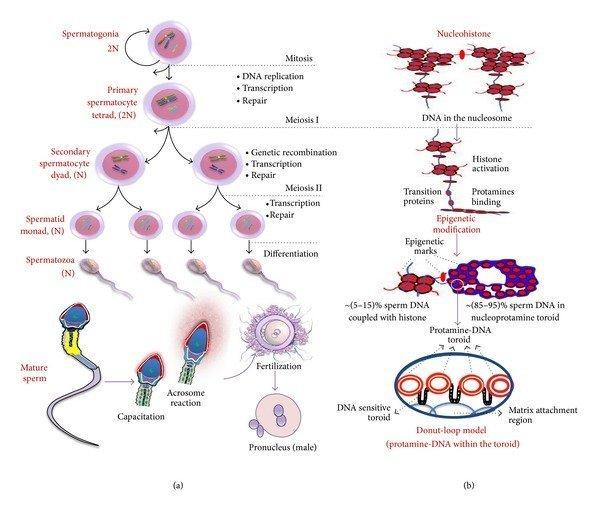
Genetically modified sperm (GM sperm) is sperm that has undergone genetic modification for biomedical purposes, including the elimination of genetic diseases or infertility. Although the procedure has been tested on animals such as fish, pigs, and rabbits, it remains relatively untested on humans.
In the case of pigs, the. Since these alterations affect the total sperm population and do not respond to medical treatment, they are suspected of having a genetic origin. The remaining group of non-consanguineous patients suffered from the same genetic defects in only 15 cases (<1%).
CONCLUSIONS: From the data presented, it appears.


Genetic Morphological Alterations and Sperm Immobility
Epigenetic Transgenerational Inheritance of Altered Sperm Histone Retention Sites
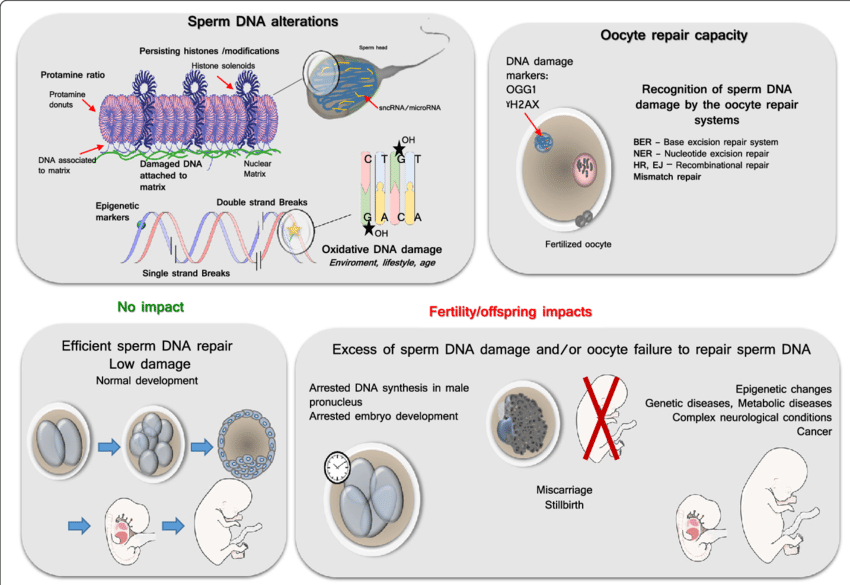

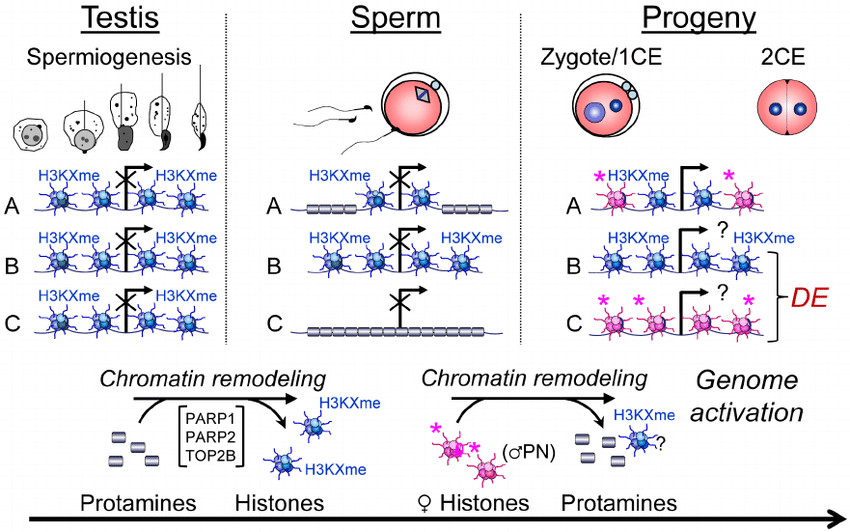
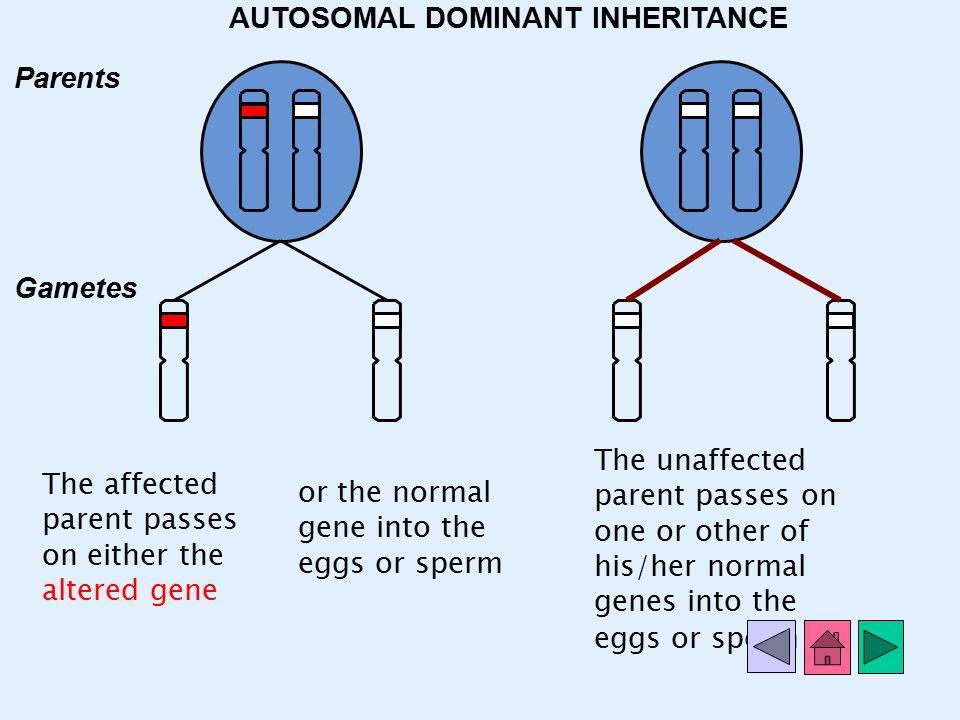


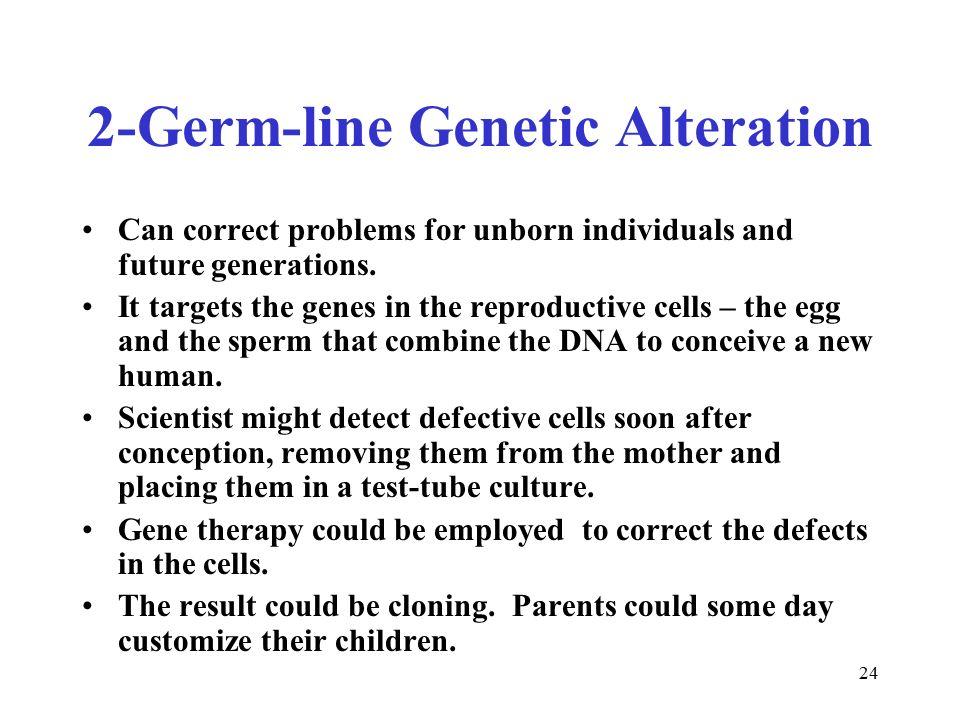
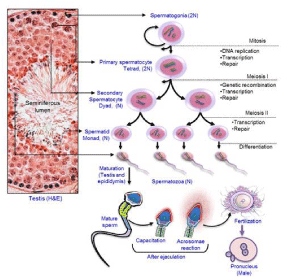
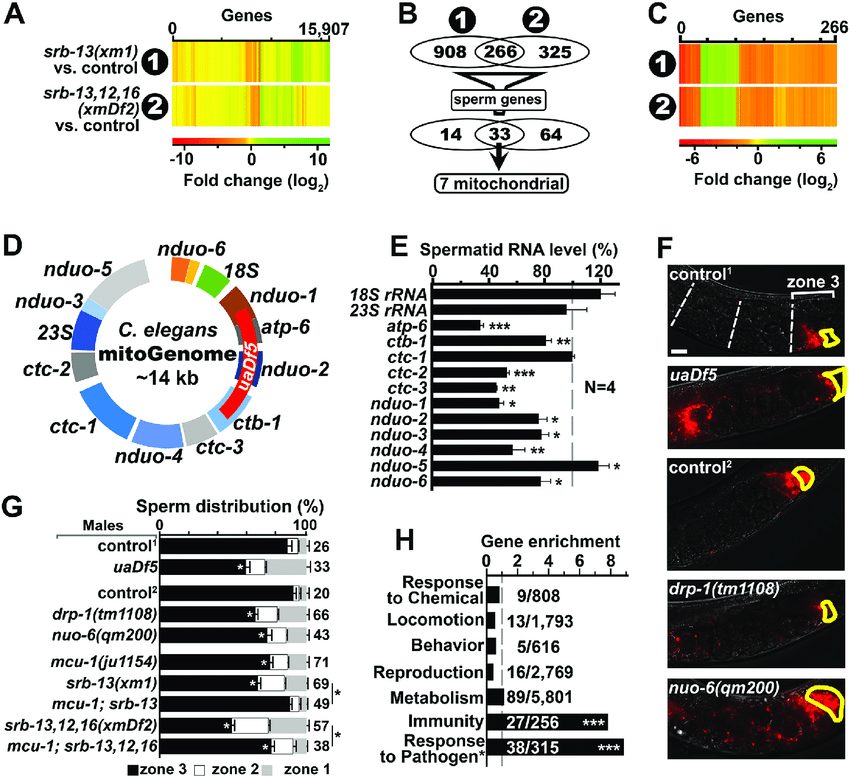
Major report prepares ground for genetic modification of human embryos | Science | The Guardian

You might be interested in this article. In this study they created haploid ES cells from artificially activating an unfertilized oocyte and growing the haploid cells. These cells, when introduced in the ICM, give rise to viable chimeras. In another study, haploid androgenetic ES cells were created by injecting a sperm into an.
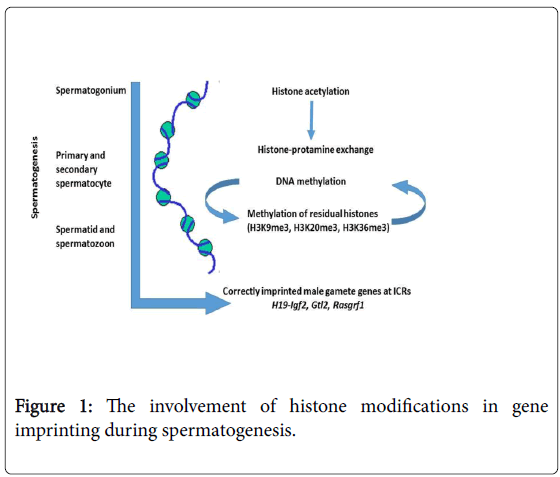
J Biol Chem. May 26;(21) doi: /jbc.M Epub Apr 4. A genetic variant of the sperm-specific SLO3 K+ channel has altered pH and Ca2+ sensitivities. Geng Y(1), Ferreira JJ(2), Dzikunu V(2), Butler A(2), Lybaert P(2), Yuan P(3), Magleby KL(1), Salkoff L(2)(4), Santi CM(5).
Genome-wide alteration in DNA hydroxymethylation in the sperm from bisphenol A-exposed men.

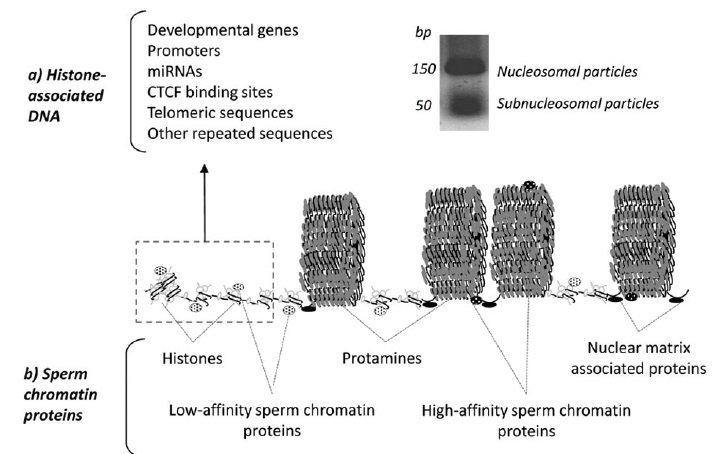

Becky Age: 30. Belle femme se deplace,escorte independentante,deplacement,photos authentiques,massage erotique,hotel,prive apartament,moment intimeHello gentleman my name is Angel dd// and year oldI entertain on an exclusive level where time and focus is invested to foster a unique and natural connection on extended visits.

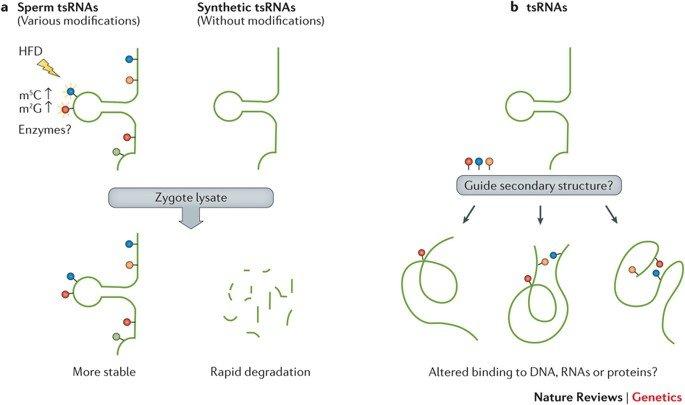
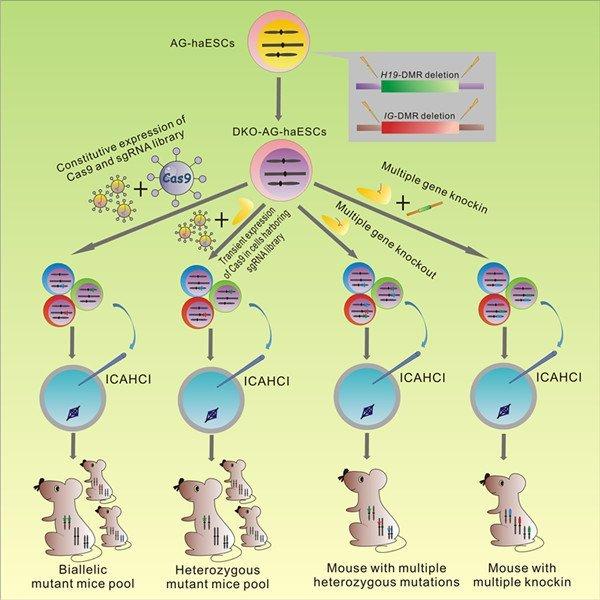
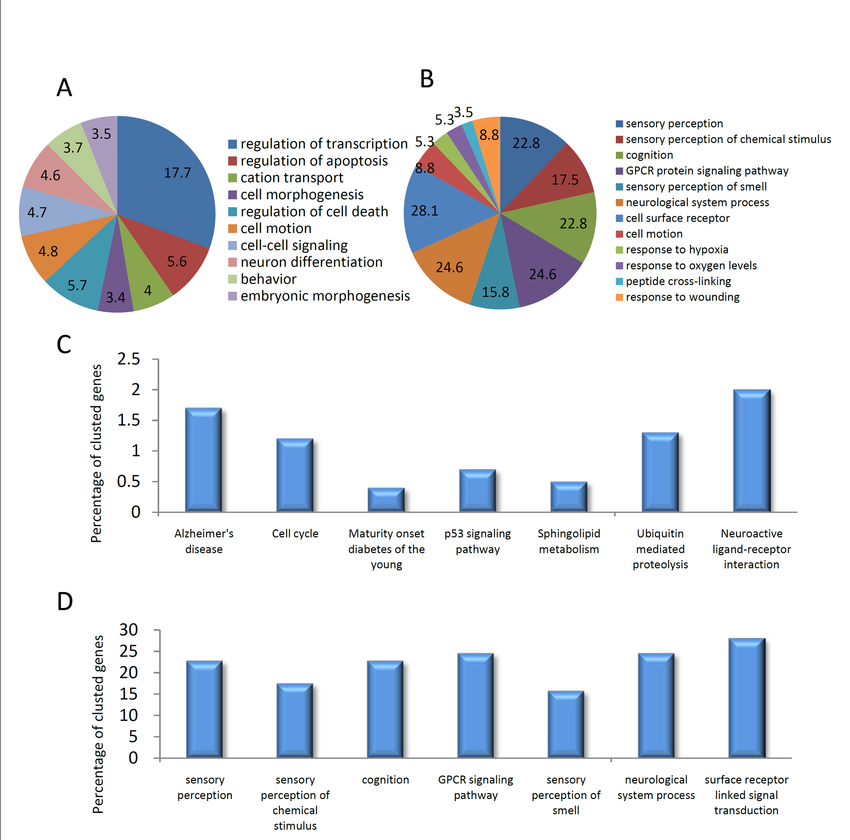
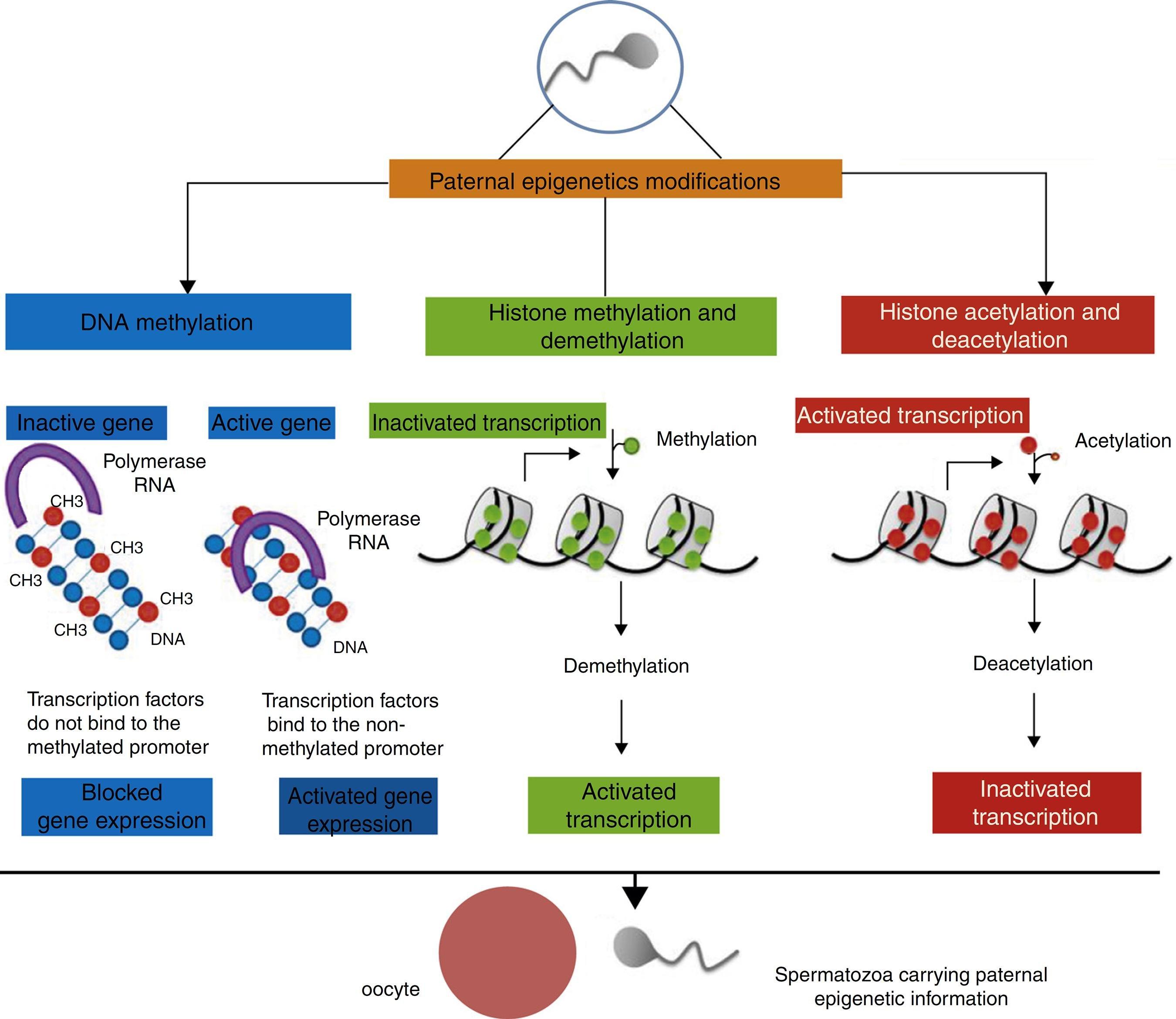
Description:This epigenetic transgenerational inheritance phenomenon is highly conserved and appears in a wide variety of species including plants, insects, fish, birds and mammals such as humans 1. The number of the infertile patients studied was therefore reduced to ; 62 were involved in situations of consanguinity of various degrees. The sperm pools were reconstituted up to 1 ml with PBS phosphate buffered saline. The minimal overlap of the H3 DHRs and H3K27me3 DHRs may suggest a lack of alterations in histone modification or similar levels of modification between the control and exposure F3 generation lineages. In fact, the submicroscopic evaluation of sperm characteristics allows the grouping of infertile patients into categories of pathologies Figure 2 such as immaturity, necrosis, apoptosis and autoantibodies Baccetti et al. A total of 64 consanguineous individuals were identified. Since the ejaculate of the remaining patients, both consanguineous and not, showed diverse types of ultrastructural sperm anomalies that did not affect the entire sperm population, they might represent pathologies lacking a genetic basis.































User Comments 2
Post a comment
Comment: